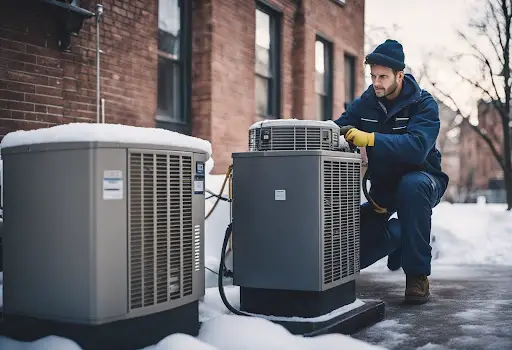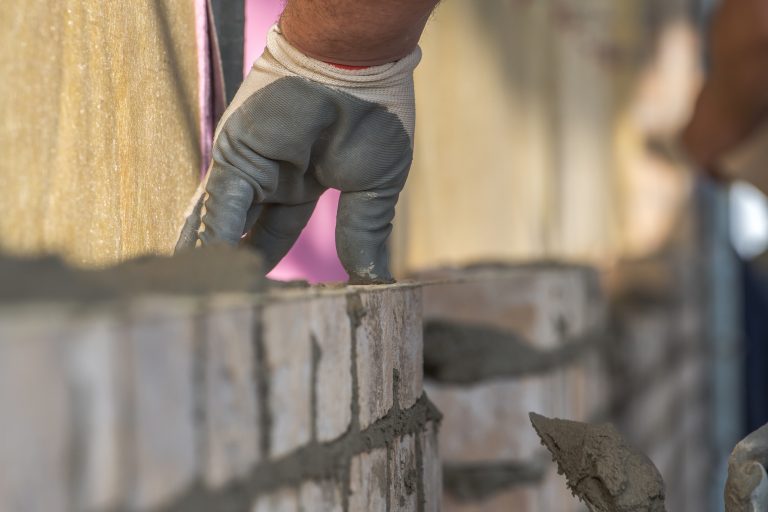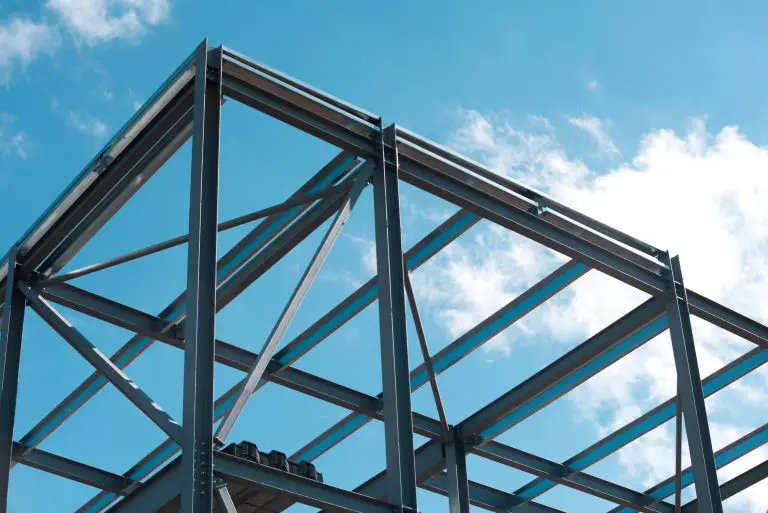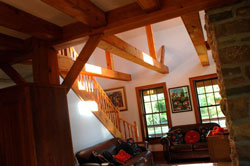
Storage sheds are practical options for storing yard equipment or excess furniture on your property. They can come in different materials, sizes, and styles for various functions. Sheds can also serve as small rooms for guests, office spaces, or play areas for kids. Sheds typically come in three primary materials: wood, metal, and plastic (resin). While there’s no wrong choice in material for sheds, as they all have solid benefits and considerable drawbacks, there are some purposes where one material may be better than others. This guide will walk through the different types of storage sheds and their ideal purposes.
Wood
This is a classic choice for sheds, as it’s traditionally attractive and durable. Wood is an excellent choice if you’re using your shed for an office, in-law suite, or summer house. While wood does require some maintenance, such as repainting, varnishing, and insect treatment, they remain arguably the most aesthetically pleasing and customizable option. You can place windows of any size or quantity on wooden sheds. Additionally, wood sheds can be painted to a color of your choice. You can expand wooden sheds and add shelving or other features easily. Wood can be vulnerable to rot, water damage, and insect damage when untreated. Certain types of wood, such as red cedar, are more resistant to insect damage. If your budget is low, wood may be a pricier option than you want, ranging from $500 to $2,000 depending on size and features.
Metal
Metal is surprisingly the cheapest option for sheds, so they’re attractive for those on a tight budget, ranging from $100 to $800 in average cases. Unlike wood sheds, they will not rot or deteriorate. Insects typically do not care about metal, other than the occasional wasp’s nest that may arise but cause no structural damage. Metal is an excellent material for extreme temperatures or weather conditions, as the material is highly durable; cheaper metal sheds may seem flimsy. Aesthetically, metal sheds typically aren’t pleasing. While you can customize their color, they don’t maintain much originality in shape or style. You can add windows or other features, but buying a shed with these features already installed is better, as adding them yourself can require technical knowledge and special tools. Metal can rust, too. You’ll need to frequently sand off any rust or use anti-corrosive treatments to keep the metal pristine. However, metal sheds are relatively maintenance-free.
Resin
Resin or plastic sheds have become more prevalent, mostly due to their durability and maintenance-free aspects. Plastic sheds generally only require routine cleaning with regular soap and water. They’re also lightweight and easily transportable for those who frequently move or rearrange their yards. Compared to wood or metal, most plastic sheds aren’t as sturdy due to their lightweight material. Vinyl sheds may be slightly stronger in the frame. While they aren’t very customizable, they come in many colors and styles to match various preferences. Unless shelves are pre-installed, plastic won’t be the best choice if you want to bear heavy loads or lots of shelving; drilling into plastic isn’t recommended. If you are more interested in eco-friendly materials, plastic won’t be the best choice here, as it doesn’t break down in the environment and results in harmful excess landfill contribution. Plastic is more expensive than metal but less so than most wood options. Pricing varies depending on size and features, but medium-sized sheds are usually $300 to $1,000.
Building Your Own Shed
Building your shed yourself has a few benefits. You can ensure that the materials are high-quality, and you’ll likely be able to purchase them at a lower cost. Additionally, you’ll be able to ensure the shed is constructed with care, including all the features you want. You won’t have to pay labor costs if you make it yourself. Constructing a shed is a simple project but can be challenging without experience. However, if you outsource construction, labor costs will be added to the cost of materials, so that’s something to budget for.
Buying a Shed
Are you asking yourself, “How can I find high-quality storage sheds near me?” If so, you’ll want to look at what your local city offers by searching online. Many corporate retailer hardware stores have plenty of shed options, which may be more expensive. Using local businesses can provide more customization options, high-quality or eco-friendly materials, and more. Create a budget of how much you’d like to spend on a prefabricated shed and compare costs, reviews, and materials for each business to determine which company is best for you. Unfortunately, if you buy a shed, you may not get all the customization you’d like unless you custom order one.
Conclusion
There are many types of uses and styles of storage sheds. All materials are good choices if you’re looking for a traditional storage space. Wood may be the best choice if you’re looking for an office space or extra room. If you don’t like heavy maintenance, plastic or metal may be preferable. Metal and wood are more eco-friendly and sustainable than plastic. Building your shed can save you money on labor and give you more customization options, but buying pre-fabricated can be easier.












